SERVICES
Conference Interpretation
Conference interpreting stands as a cornerstone in the field of language services, providing essential support for multilingual communication in a diverse array of international events and gatherings. As an integral component of the translation industry, conference interpreting plays a pivotal role in facilitating effective communication among participants who speak different languages.

Conference interpreters are highly skilled professionals trained to work in high-pressure environments, such as international conferences, summits, seminars, and business meetings. Their expertise lies in interpreting speeches, presentations, discussions, and other proceedings in real time, ensuring seamless communication across linguistic barriers.
This mode of interpretation requires not only linguistic proficiency but also a deep understanding of subject matter, cultural nuances, and context-specific terminology. Conference interpreters possess exceptional multitasking abilities, as they must listen, comprehend, and accurately convey messages in one language while simultaneously interpreting into another language without delay.
In an increasingly interconnected world, where global collaboration and communication are paramount, conference interpreting serves as a linchpin in fostering understanding, cooperation, and consensus across linguistic and cultural divides. As events continue to transcend geographical boundaries, the demand for skilled conference interpreters remains steadfast, underscoring the indispensable role they play in facilitating meaningful dialogue and exchange on the international stage.
Frequently Asked Questions:
What is the difference between simultaneous and conference interpreting?
Simultaneous interpreting and conference interpreting are both types of interpretation, but they differ in the way they are carried out and the specific contexts in which they are used.
Simultaneous Interpreting:
- Definition: Simultaneous interpreting involves the interpreter translating spoken words into another language in real time while the speaker continues to speak. This type of interpretation is nearly simultaneous with the speaker’s delivery.
- Process: Interpreters work in soundproof booths equipped with microphones and headsets. They listen to the speaker through headphones, interpret the message, and convey it through a microphone. Participants in the audience listen to the interpretation through their headsets.
- Use Cases: Simultaneous interpreting is commonly used in large conferences, international meetings, and events with a multilingual audience. It allows for smooth and continuous communication without significant pauses.
Conference Interpreting:
- Definition: Conference interpreting is a broader term that encompasses both simultaneous and consecutive interpreting. In a conference setting, interpreters may provide both simultaneous and consecutive interpretation based on the specific needs of the event.
- Process: Conference interpreters adapt to the requirements of the conference. They may switch between simultaneous interpretation (for larger audiences or when continuous flow is essential) and consecutive interpretation (for smaller groups, interviews, or when a natural pause is possible).
- Use Cases: Conference interpreting is used in various settings, including international conferences, business meetings, diplomatic negotiations, legal proceedings, and any event where participants speak different languages.
In summary, while simultaneous interpreting is a specific mode where interpretation happens almost simultaneously with the speaker, conference interpreting is a broader term that encompasses various modes, including simultaneous and consecutive interpreting. Conference interpreters may switch between these modes based on the dynamics of the event and the preferences of the participants. Both types of interpretation play crucial roles in facilitating communication across language barriers in diverse professional and international settings.
What do conference interpreters do?
Conference interpreters play a crucial role in facilitating communication between individuals or groups who speak different languages during conferences, meetings, and various other events. Their primary goal is to ensure that participants can fully understand and engage in the proceedings, regardless of their language proficiency. Here are the key responsibilities and tasks of conference interpreters:
Language Interpretation:
- Simultaneous Interpretation: In many cases, conference interpreters perform simultaneous interpretation. They listen to the speaker in one language and convey the message almost simultaneously in another language. This is commonly done in soundproof booths, and participants listen to the interpretation through headsets.
- Consecutive Interpretation: Conference interpreters may also engage in consecutive interpretation, especially in smaller settings or when a more detailed interpretation is required. In consecutive interpretation, the speaker pauses to allow the interpreter to convey the message.
Active Listening:
- Conference interpreters need excellent listening skills to capture and understand the spoken message accurately. They must pay close attention to the speaker’s words, tone, and nuances to convey the intended meaning effectively.
Language Proficiency:
- A high level of proficiency in at least two languages is essential. Conference interpreters typically work with their native language and one or more additional languages, ensuring a deep understanding of linguistic nuances and cultural context.
Cultural Competence:
- Understanding the cultural context is crucial for effective interpretation. Conference interpreters need to be culturally competent to accurately convey not just the words but also the cultural implications and subtleties of the message.
Research and Preparation:
- Before an event, conference interpreters often conduct research and prepare for the subject matter that will be discussed. This helps them familiarize themselves with specialized terminology and ensures accurate interpretation.
Quick Thinking and Adaptability:
- Conference interpreters must think quickly and adapt to the pace of the conversation. They need to be able to handle complex and technical information on the fly while maintaining clarity and accuracy in their interpretation.
Maintaining Neutrality:
- Interpreters are expected to maintain neutrality and impartiality. They should not inject personal opinions or biases into the interpretation, ensuring that the communication remains objective and faithful to the speaker’s words.
Professionalism:
- Conference interpreters must conduct themselves professionally, adhering to ethical standards and maintaining confidentiality. Punctuality, reliability, and a commitment to providing high-quality interpretation are essential aspects of the profession.
Use of Technology:
- Interpreters often work with specialized equipment, such as microphones, headsets, and interpreting booths for simultaneous interpretation. Familiarity with these technologies is crucial for effective performance.
Overall, conference interpreters play a vital role in breaking down language barriers in international and multilingual settings, enabling effective communication and collaboration during conferences, meetings, and other events.



